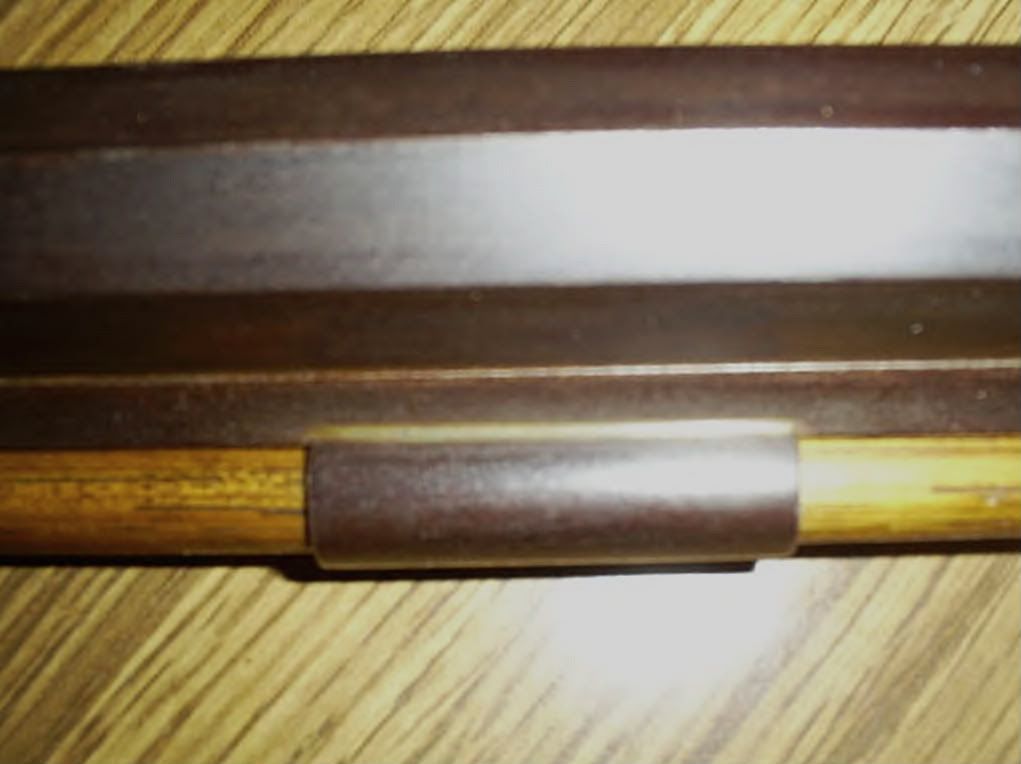Here's how I do it. File a flat on the side of the thimble, with parrallel lines, so that it doesn't rock when tested on a flat surface. The flat doesn't need to be very wide, just something to keep the thimble stabilized and anchored while soldering. Now cut the corresponding flat in the rib with a file, so that the inside of the thimble is flush with the radius of the rib. The ends of the thimble should fit skin tight against the cuts in the rib, making the thimble almost lock into place in the rib. Check to make sure the thimble is straight in all directions.
Now make sure the two pieces are clean and apply a thin layer of flux. Heat the pieces individually with a low torch or over a kitchen stove and tin the rib and thimble where contact is to be made. Wipe off the bulk of the solder with a clean rag or stiff brush, leaving only a paper thin layer on both pieces. Check to ensure there are no bare spots in the solder coverage.
Set the thimble into the rib cutout. If it doesn't fit, you can scrape away some solder where it is hanging up. Now you're going to solder it permanently, but first you need to ensure the rib is in a solid flat position, so that gravity doesn't cause the thimble to drift when the solder melts. I like to place the rib on a stove-top burner and place a weight on it so it doesn't move. Now heat it up and test the heat by touching the joint with solder to find the melting point. Once the solder starts flowing, apply just enought to make a "bulge" on each side of the joint without moving the thimble. Here's a trick that helps me, flatten the solder with a hammer so that it's easier to "sneak" into the joint without bumping the thimble. Once the solder has cooled, check the thimble again in all directions to make sure it is still straight. If it's crooked, just reheat and bump it straight with a small screwdriver or wire, etc.
You can clean cut off the extra solder with a knife and then sand flush to your desired finish. Bill
EDIT: My goodness, it took me so long to write this that there were already a bunch of good answers posted. :rotf:







